Fun Facts for Pit Stops
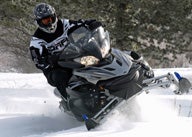
Conversation starters for your next pit stop
During the past few seasons and for various reasons, many of which are totally unclear as this is written, we’ve managed to assemble a variety of facts, figures and odd data relating to snowmobile manufacturers and the snowmobile industry. The relevance of this information serves no great purpose, but if you wanted to start a discussion during a pit stop next season, we offer up these odds and ends.
A few years ago, while trying to put some perspective into the Yamaha manufacturing and marketing partnership with Arctic Cat, we collected all kinds of information bits about Yamaha, Yamaha snowmobiles and how the brand and its products fit into the snowmobile industry. Ostensibly we wanted to understand what Yamaha had accomplished in snowmobiling, how the company had integrated and partnered over the years with its products and just who was Yamaha so we could try to understand where the company might be headed in the future.
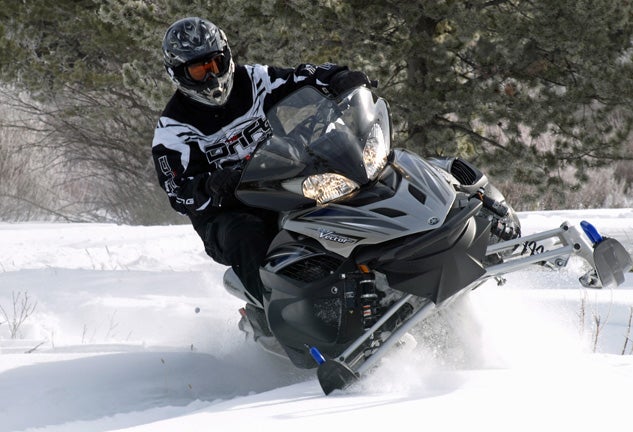 Equipped with luxury touches like electronic power steering (EPS) and four-stroke power, Yamaha’s Vector at 91MPH is 30 miles per hour faster through the quarter-mile than a 1976 Yamaha Prestige 440cc.
Equipped with luxury touches like electronic power steering (EPS) and four-stroke power, Yamaha’s Vector at 91MPH is 30 miles per hour faster through the quarter-mile than a 1976 Yamaha Prestige 440cc.Unfortunately for us, we’ve been in this business for a very long time and been subjected to manufacturer misdirection, indiscretions, half-truths and blatant lies. The latter have been extremely rare, so we do have a basic sense that what company personnel tell us is generally accurate with some proprietary parts left out. Still, when we look at topics such as the arrangement that Yamaha and Arctic Cat worked out, we try to gather all kinds of background. The facts that follow were derived from that research. We discovered that this Yamaha and Arctic Cat marketing and manufacturing partnership was hardly new. Such deals had been struck in the past, but it was new for this century.
Snowmobile Twins at Birth
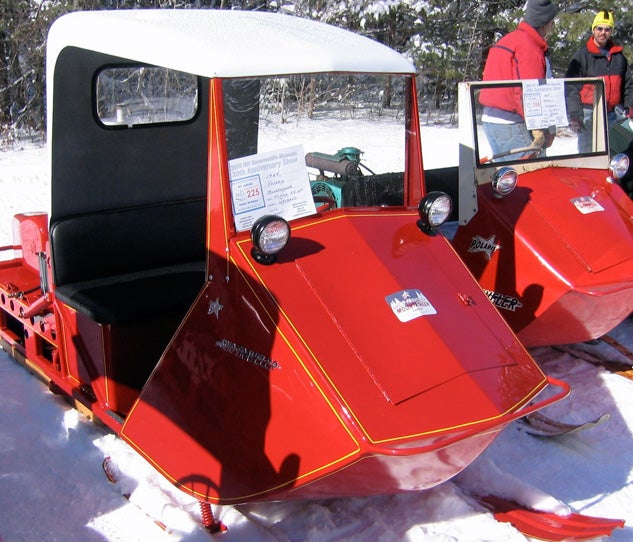 In the mid-1960s snowmobiles were truly virtual “snow cars,” like this cab-equipped, rear-engine Polaris SnoTraveler, which was painted gold and sold in parts of Canada as Autoboggans.
In the mid-1960s snowmobiles were truly virtual “snow cars,” like this cab-equipped, rear-engine Polaris SnoTraveler, which was painted gold and sold in parts of Canada as Autoboggans.Arctic Cat building selected Yamahas is not new. Indeed, other companies have also manufactured someone else’s sleds.
* Arctic Cat made the 1975 Suzuki Fury, basically an Arctic Cat El Tigre but with a Suzuki engine in place of the 1974 Kawasaki 440 engine used in the Cat * After Ski-Doo bought Moto-Ski, it basically changed only paint and decals on many sleds, including the Moto-Ski Sonic 245 and Ski-Doo RV 245 * By 1975 Outboard Marine brands its virtually identical new sport sleds as Johnson JX and Evinrude Skimmer * Between 1957 and 1966 Polaris SnoTravelers were essentially painted gold and sold as Autoboggan in parts of Canada; * Polaris Industries manufactured snowmobiles for Larson Industries, Inc. of Little Falls, MN in 1966 * Larson sold snowmobiles from 1966 through 1969 * In 1976 Scorpion partnered with Massey-Ferguson to rebrand Scorpions as Massey models, including the Scorpion Brut as the Massey Cyclone * Hoping to salvage two brands, Alouette Super Brute and Rupp Magnum were co-joined.
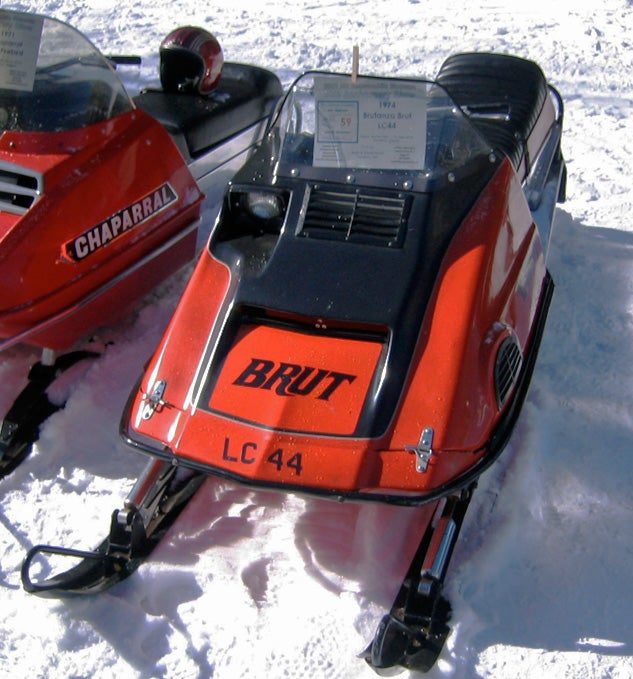 After Scorpion acquired Brutanza and its Brut liquid-cooled models, the company struck a deal to private label models for Massey-Ferguson.
After Scorpion acquired Brutanza and its Brut liquid-cooled models, the company struck a deal to private label models for Massey-Ferguson.Yamaha Engine Sales
Yamaha has been on the ground floor of selling its engines to other competing snowmobile companies and brands. As part of the manufacturing and marketing partnership with Arctic Cat, Yamaha sells the Thief River Falls company its 1049cc four-stroke engine. But, this is not a first for Yamaha.
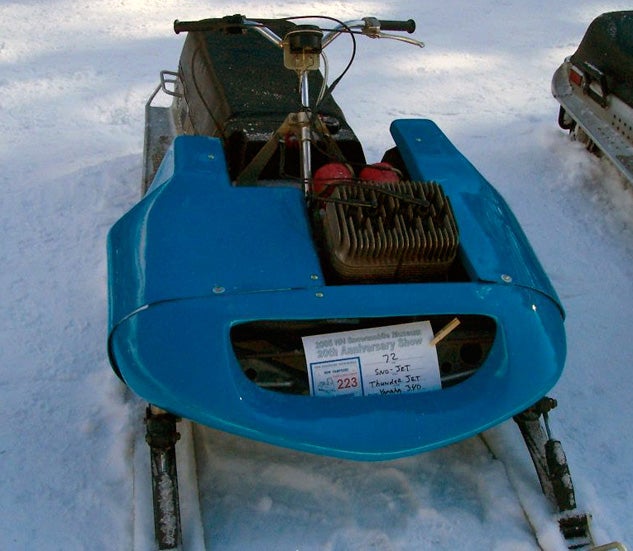 Yamaha supplied its engines to other manufacturers such as Sno*Jet, which used the engines to power its Thunder Jet race sleds.
Yamaha supplied its engines to other manufacturers such as Sno*Jet, which used the engines to power its Thunder Jet race sleds. *Yamaha supplied Sno*Jet with engines from model year 1971 to 1976 * In 1975 Yamaha provided its “E” series performance engines to Sno-Jet for the SST 440 model * In 1974 Yamaha sold some fan-cooled engines to Roll-O-Flex for the Apache and Apache GT models * Yamaha single-cylinder engines were used in Thunder-Jet racers built by Sno-Jet and raced in the 1970s by Hall of Fame racer Jim Adema, who modified them with liquid-cooled jackets.
Yamaha Firsts
When we took a close look at what Yamaha has accomplished in snowmobiling since it entered the sport back in the late 1960s, we were impressed.
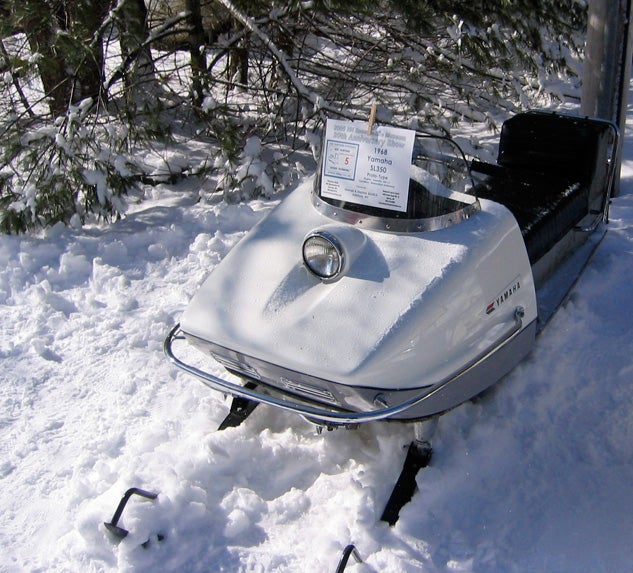 Snowmobile sales were expected to hit the one million mark and Yamaha wanted its 1968 SL 350 to grab a share of the market by offering sleds with innovations such as oil-injection and slide valve carburetors.
Snowmobile sales were expected to hit the one million mark and Yamaha wanted its 1968 SL 350 to grab a share of the market by offering sleds with innovations such as oil-injection and slide valve carburetors.* In 1968-69 Yamaha entered the snowmobile market with the SL350 (two-stroke, twin cylinder) that introduced Yama Lube oil injection and slide valve carburetors to snowmobiling * In 1971 Mike Trapp aboard a 433cc Yamaha won the Eagle River (WI) World’s Championship race over Ski-Doo’s Yvon Duhamel on a 650 Blizzard * In 1972 Yamaha introduced the snowmobile industry’s first “hydraulic drive clutch” system and follows up the next model year with Hydraulic drive and Hi-Low two-speed transmission with 643cc engine; * The 1970s saw the racing success of Yamaha’s lightweight SRX 440 and 340 performance trail sleds as they won on ovals across North America * In 1976 Yamaha debuted its first Mono-Shock suspension on the GS340 model * Yamaha led in market share with Number One selling Phazers and Enticers in the 1980s * The company developed Telescopic Strut Suspension for Phazers and Exciters * A Tim Bender-ridden Yamaha World Championship racer showcased rear-exiting exhaust that is now used exclusively on modern Yamahas * Yamaha/Bender FIII racers won the 1987 Eagle River World Championships, the first of multiple championships * In 1988-89 Yamaha introduced the low-cost, “beginner” 79cc SnoScoot design that featured a scooter engine and drive powering a lightweight tube-framed tracked vehicle * In 2002 Yamaha engineered and introduced the industry’s only four-cylinder four-stroke production snowmobile engine in the RX-1 * BY 2010 Yamaha is the only snowmobile manufacturer to offer an all-four-stroke line-up in the US market including four-stroke models from the 500cc Phazer to the one-liter Apex model; * The company developed gear reduction systems for both four-cylinder and two-cylinder high performance four-stroke engines * Yamaha remains the only snowmobile manufacturer to offer exclusive Electric Power Steering on trail, touring, utility and performance snowmobiles * Introduced EXUP computerized exhaust technology on its top-of-the-line Apex four-cylinder snowmobile * Developed innovative Dual keel “Tuner” skis seen on current Yamahas, including Arctic Cat-built Viper models * First to utilize long lasting and “slippery” Dupont Vespel hyfax combination.
Performance Standards
In the early years, Yamaha raced to win and establish a reputation as a “performance” brand. Of course, those first Yamahas also caught the snowmobiling public’s attention for their extremely competitive pricing and innovations like Yama Lube and performance. If you check out the Yamaha performance data reported by various snowmobile resources over the years, you’ll see that the brand earned its reputation as a trail performer.
* 61 MPH — Top Speed in ¼-mile by luxury trail 1976 Yamaha Prestige 440 with unique Hydro-Torque drive * 91.64 MPH — Top Speed in ¼-mile by 2012 luxury trail Yamaha Vector LTX * 21.0 — Seconds to travel ¼-mile by luxury trail 1976 Yamaha Prestige 440 with unique Hydro-Torque drive * 12.7 — Seconds to travel ¼-mile by 2012 luxury trail Yamaha Vector LTX * 12.9 — Seconds to travel ?-mile by luxury trail 1976 Yamaha Prestige 440 with unique Hydro-Torque drive * 7.7 —Seconds to travel ?-mile by 2012 luxury trail Yamaha Vector LTX * 68 MPH —Top speed registered at Rabbit Ears Pass, Colorado in 1974 by a model year 1975 Sno-Jet SST 440 Free Air with 433cc Yamaha engine. It showed an elapsed time of 17.1 seconds through ¼-mile * 95.3 MPH — Top Speed in ¼ mile of a 2012 Yamaha Apex with a 12.2 seconds ET through ¼-mile in upstate New York.
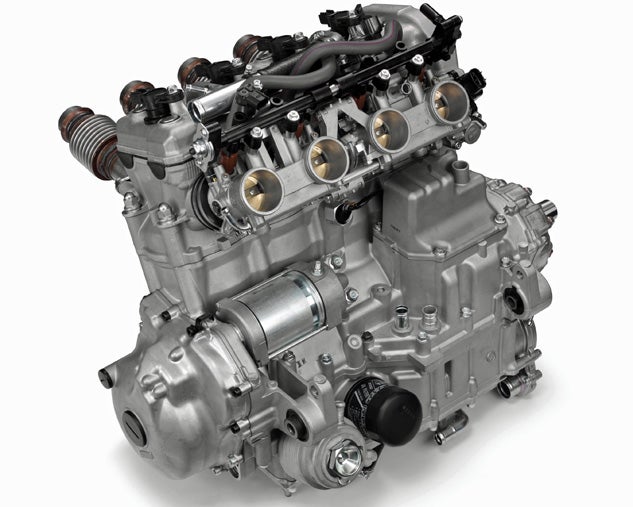 Yamaha maintained its innovative engineering when it introduced the first-ever and still the snowmobile industry’s only high-performance four-cylinder powerplant, now seen in the top of the line Apex series.
Yamaha maintained its innovative engineering when it introduced the first-ever and still the snowmobile industry’s only high-performance four-cylinder powerplant, now seen in the top of the line Apex series. Yamaha entered the snowmobile business in 1968. The company must have thought it was a good thing to do as industry analysts saw the sport as an up and coming industry. In 1962 reported sled sales reached 10,000 units, but just 10 years later reported sales hit 587,000, the industry’s all time record. Back then, industry analysts anticipated growth to reach 950,000 units as early as the 1973-1974 winter season. That didn’t happen.
In today’s snowmobile marketplace, where 144,601 sleds were sold worldwide in 2013, marketing and manufacturing hook ups benefit both Yamaha and Arctic Cat. As these assorted information morsels reflect, Yamaha and others have been involved in such arrangements a number of times before. In 2018 when Yamaha hits its 50th anniversary in the sled biz, what new tidbits will there be?



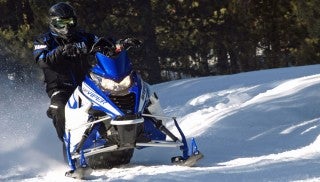
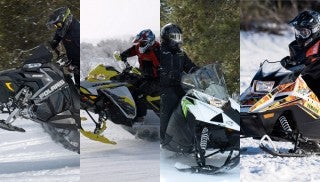
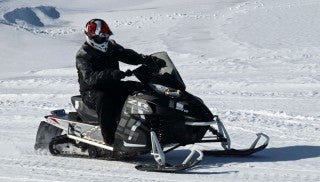


 Your Privacy Choices
Your Privacy Choices